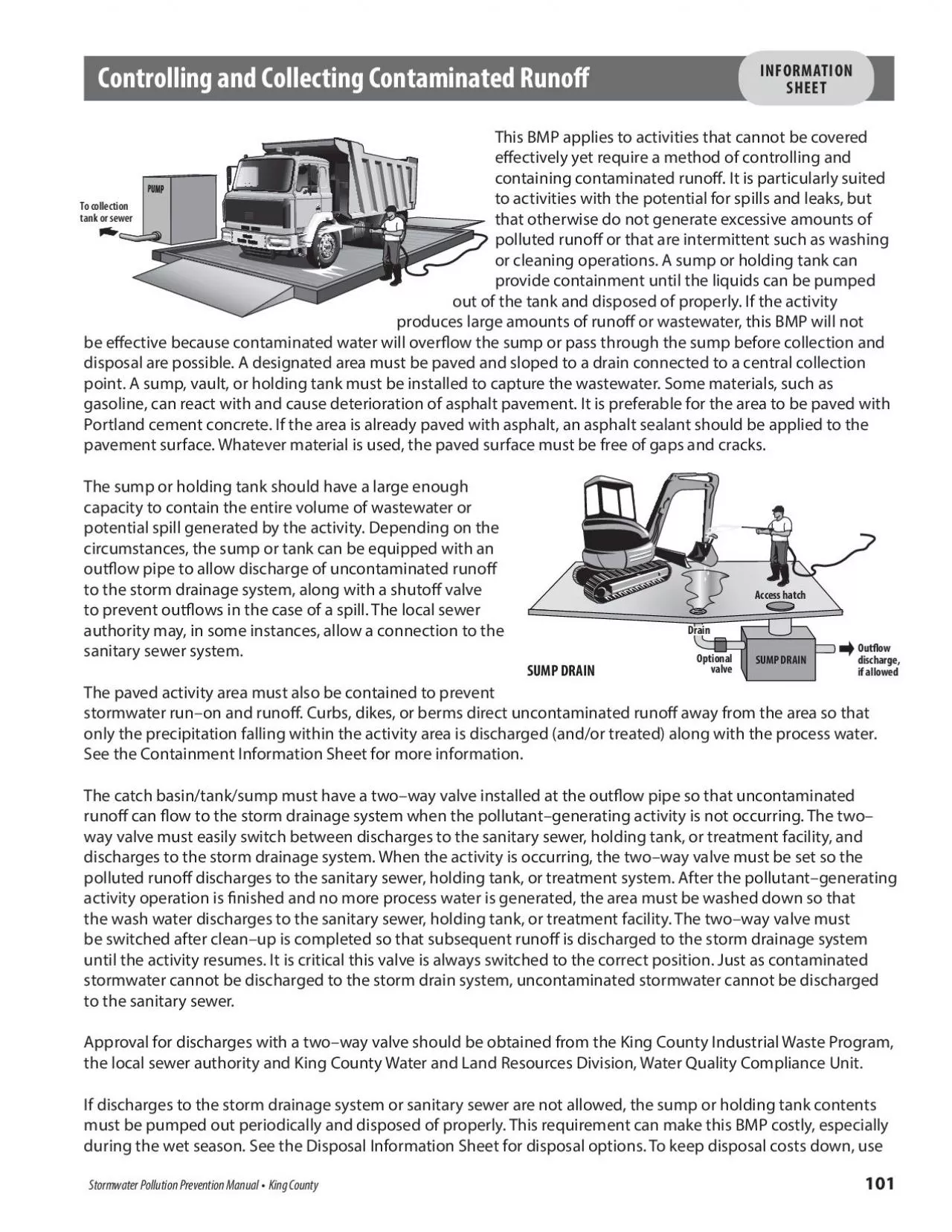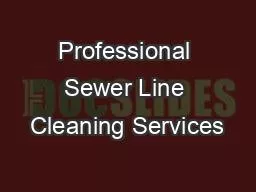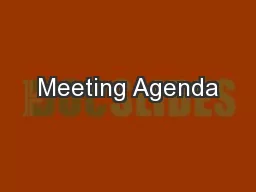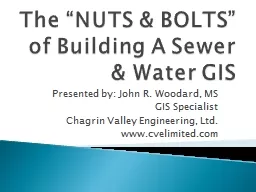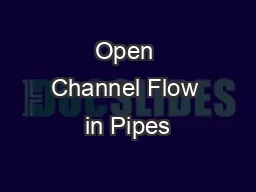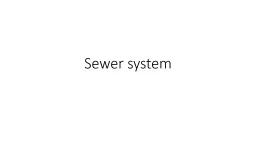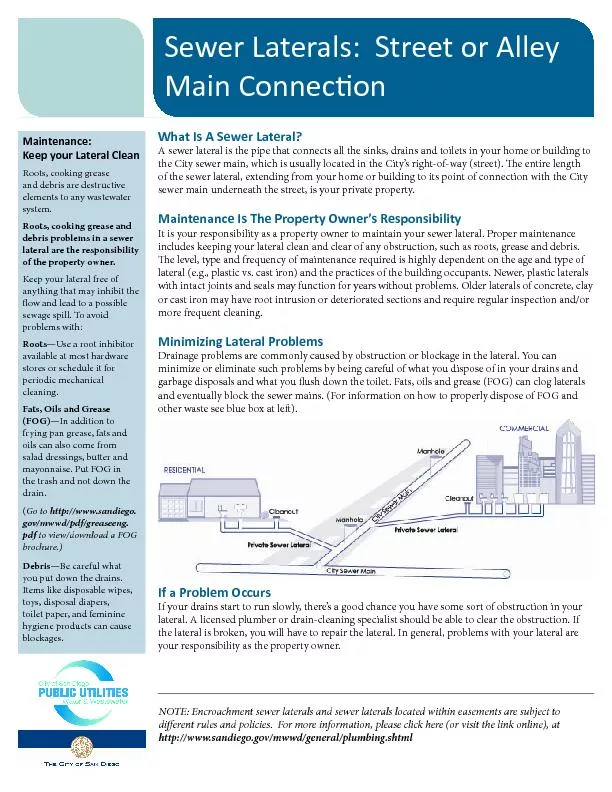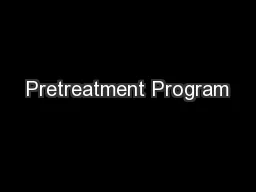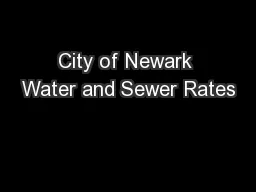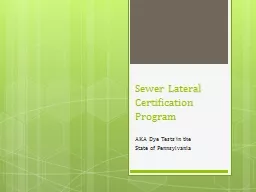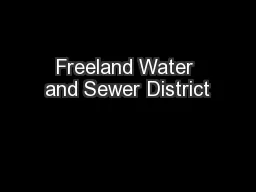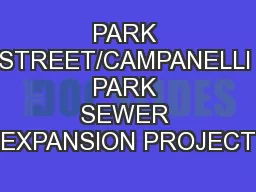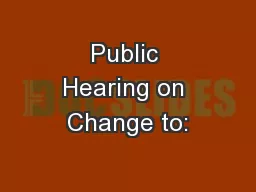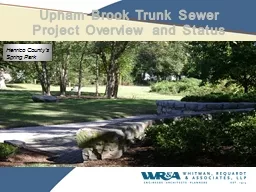PDF-To collectiontank or sewer
Author : blanko | Published Date : 2021-07-01
OptionalvalveOutowdischargeif allowedAccess hatch Drain Stormwater Pollution Prevention ManualKing County INFORMATION SHEET Controlling and Collecting Contaminated
Presentation Embed Code
Download Presentation
Download Presentation The PPT/PDF document "To collectiontank or sewer" is the property of its rightful owner. Permission is granted to download and print the materials on this website for personal, non-commercial use only, and to display it on your personal computer provided you do not modify the materials and that you retain all copyright notices contained in the materials. By downloading content from our website, you accept the terms of this agreement.
To collectiontank or sewer: Transcript
Download Rules Of Document
"To collectiontank or sewer"The content belongs to its owner. You may download and print it for personal use, without modification, and keep all copyright notices. By downloading, you agree to these terms.
Related Documents

